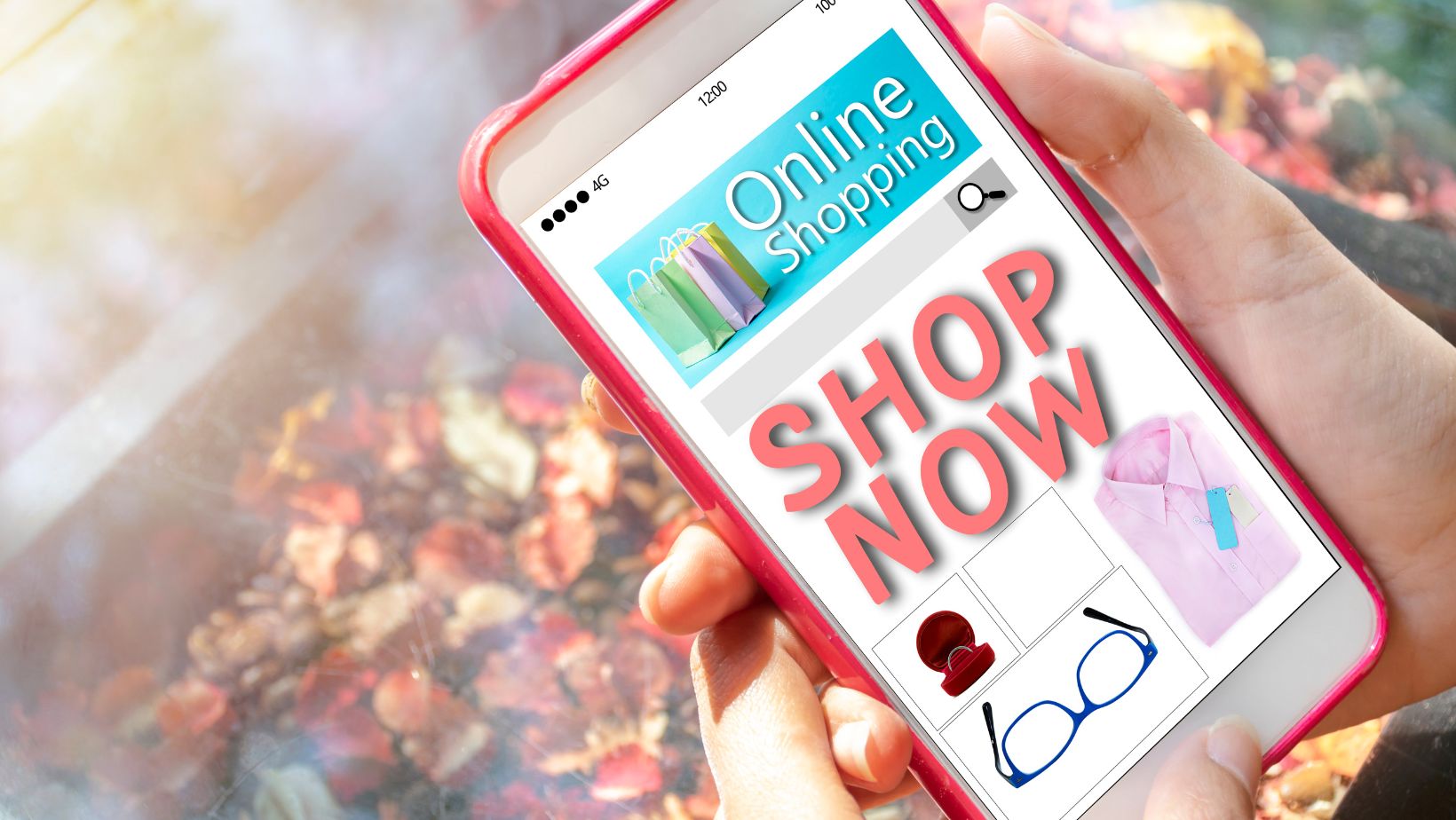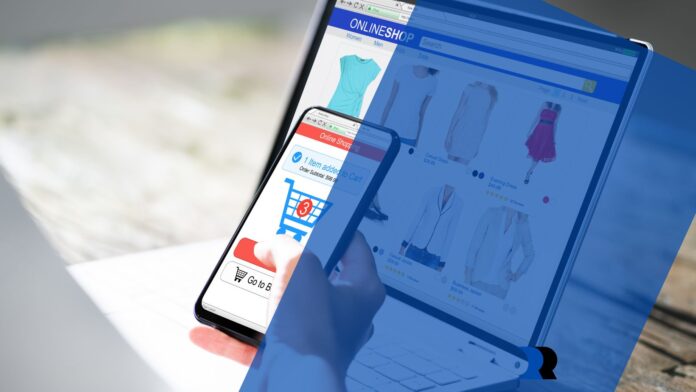Online shopping has become the normal way of shopping for many consumers. Since 2012, retail sales have increased year over year by at least 0.5% to 1%. During Q2 of 2020 – at the height of the Covid-19 pandemic – that figure exploded, increasing suddenly and significantly from 10% to nearly 16%. Although the consumer world has broadly moved on from pandemic behavior, retail sales still command a significant share of the shopping experience.
But, despite the seemingly perpetual growth of online retail giants like Amazon, Shein, Temu, and Alibaba, more than 80 out of 100 consumers still conduct most of their shopping in person. While these data are simply snapshots, the trends of consumers is changing once again. Despite recent inflationary pressures, more consumers are choosing to buy their products in physical stores. According to PricewaterhouseCoopers, 45% of consumers in 2024 say they prefer in-store purchases over online shopping for holiday goods – a 2% increase in those respondents’’ preferences from 2019.
There’s plenty of reasons, consumers say, for preferring the in-store shopping experience. According to an NPR poll, consumers cited their top four reasons for brick-and-mortar transacting: “I want the product right away,” “I like talking to a real person when I have a question,” “I enjoy getting out of the house” and, most importantly, “I can’t try things on or out before purchasing.”
So, in the age of increasingly stiffer competition from online and physical retail corporate magnates, how does a business leader leverage these revelations to achieve meaningful sales and success with investment in a brick-and-mortar operation?
We look at one business, in particular, as a case study: Bart’s Watersports.
Founded in 1972, Bart’s is a Midwest watersports retailer that caters primarily to retail consumers while also providing some B2B sales for commercial watersport clients in the manufactured water park space.
The company was recently sold by its original founder and, having been reconfigured by an eCommerce-centric operator, now functions with a reinvigorated online sales channel. But, as importantly, it embraces the brick-and-mortar shopping experience, having opened two physical stores – both of which enjoyed immediate net profit with thorough integration with their online sales channels.
These are the keys to unlocking physical retail success.
Using the Online Business Structure to Boost in-store Traffic
“Before we opened our first retail location, we made sure our online shopping experience was as optimized as possible. We rebuilt our website, went through past sales data, looked at SEO and margins, and other metrics to make sure our eCommerce catalog was as attractive to customers as possible,” says Travis Olander, the Bart’s’ marketing manager. “In other words, we just focused on providing the products our customers wanted most.”
“Once we figured out what products were our top performers, we retooled the online store to make all that stuff front and center, while cutting out more niche products with low turnover. Basically stuff that just wasn’t popular. Then we took the most important step, which was offering in-store pickup for our products and opening physical retail.”
One reason Travis thinks in-store shopping has taken a hit in popularity among consumers is a dwindling lack of inventory and increasing inconvenience. Over the years, he opines, even big-box stores have become more spartan and disorganized with their offerings, leaving fewer options for customers and forcing them to turn to online retailers to fulfill their needs. But it’s here, he says, opportunity lies.
“Our first of two retail stores is literally attached to our main warehouse. That’s a big deal, I think, because we can offer the kind of convenience that a lot of brick-and-mortar retailers don’t provide these days,” he continued.

“You go to Walmart, Target, or Old Navy or Footlocker and you want, like, a particular shirt or shoe or pant, and it’s out of stock. The shelves are always a mess and they never have your size. So you go online and order it. You can’t try it on, you just guess that it’ll fit and look good. Then you wait a week, it shows up, and gee whizz, it’s not what you wanted.”
“With us, it’s the other way around. If you see something on our website, you can stop by and try the thing out, see if it fits well and has the features and other stuff you want, whether it’s a wakeboard or life jacket or something for your boat. You’ve got access to our entire warehouse physically in front of you with the in-store shopping experience, with an associate, a real person, to help you.”
Travis remarks how the online store acts as an important tool for the in-store shopper, up to, and after, the purchase.
“You can physically hold the thing you want to buy and if you like it, it’s yours, in the right size, color and style, with no waiting. And that in-store benefit is coupled with our website providing product details and comparisons to other products in the palm of your hand. You can also reserve products on the site, then go pick them up without worrying about them selling it. And you’ve got your purchase history, account info, and access to promotions and discounts.”
Physical Retail is Still Location, Location, Location
With so many malls, strip retail centers, and consolidated shopping spaces closing their doors, the importance of a brick-and-mortar’s location is more important than ever before, especially considering the context of a business’s product catalog.
“Our second retail location, which we just opened, couldn’t be in a better spot,” Travis says. “We found a commercial space literally on the shore of one of the most popular boating lakes, and it’s also located basically halfway between Lake Michigan, and our first retail location and warehouse. Both are about a 2-hour drive.”
This strategic location, he says, maximizes foot traffic from all directions and increases conversation rates among specific product categories. There’s an added benefit of enjoying predictable sales based on seasonal shoppers, which allows for optimized in-store inventory.
“Because we’re so close to these places where our customers use the products we sell, we can anticipate what they’re going to want most at specific points in time. We can retool the store for the Fourth of July weekend with more boat accessories, we’ll sell more kid-centric stuff to families who walk in towards the end of the school year as they spend their first weekends on the lakes, and then we can focus on pushing out cold-weather wet suits in early spring and fall.”
The convenience of the company’s warehouse being nearby also plays an important role in bolstering this adjacent retail location’s revenue.
“Our in-store pickup is available for both stores, and we frequently move product from the warehouse to the other store when a customer wants something. They don’t have to wait. We literally just throw it in one a vehicle and drive it over there.”
That level of customer service, he says, is unique to Bart’s.
“So even if our second store doesn’t have something in stock, a customer can reserve it one day and pick it up the next day, or even that evening. They’re not waiting a week for something to come from a distribution center a thousand miles away. A customer might show up Friday afternoon with his boat, ready to hit the lake and he needs something, and we’ll have it ready for them on Saturday. And they can easily return items in store instead of dealing with the hassle of boxing things up and trying to ship themselves, and eating that cost.”
Focus on the Tangibles
“We sell a lot of stuff that can be handled online easily, like water ski and wakeboard tow ropes, or inflatable tubes. But we don’t focus on those products as much in our physical stores. You know a 60-foot tow rope is a 60-foot tow rope. You don’t need to see it before you buy it.”
Travis says the most important factor in operating a successful brick-and-mortar space is focusing on offering the products customers want to touch – especially products they may be reluctant to purchase before handling.

“Our retail stores primarily feature popular products that customer want to put their hands on, or maybe need to put their hands on,” he says. “You don’t want to buy a skin-tight wetsuit online and just guess whether it’s sized right. Same goes for water ski and wakeboard bindings. You need to try them on and see how they fit. Otherwise, it’s like a fifty percent chance you’re going to be disappointed while you stand in line at the UPS store to return those in a box.”
“There’s also the products that customers might want right away just based on location, cost, and context. Like actual wakeboards and water skis. You come into the store for the first time, you’re about to get on the lake that’s outside and across the street, and you see a new wakesurfer or slalom ski that you’ve been thinking about for a long time. It’s an expensive purchase and maybe you were nervous about shipping something like that in a box, not even knowing if it was right for you. So being able to physically touch that product and walk out with it so you can enjoy it that day can often tip the scales and get a customer to commit to a big sale on the spot.”
Need to Optimize your Own Retail Operations?
Aging POS software. Manual hand counts of inventory on paper. Excess shrinkage. Slow software. Sound familiar? Check out the Riproar guide to optimizing business operations with vertical SaaS in retail. It’s arguably the first step to take when investing in a new brick-and-mortar location.


